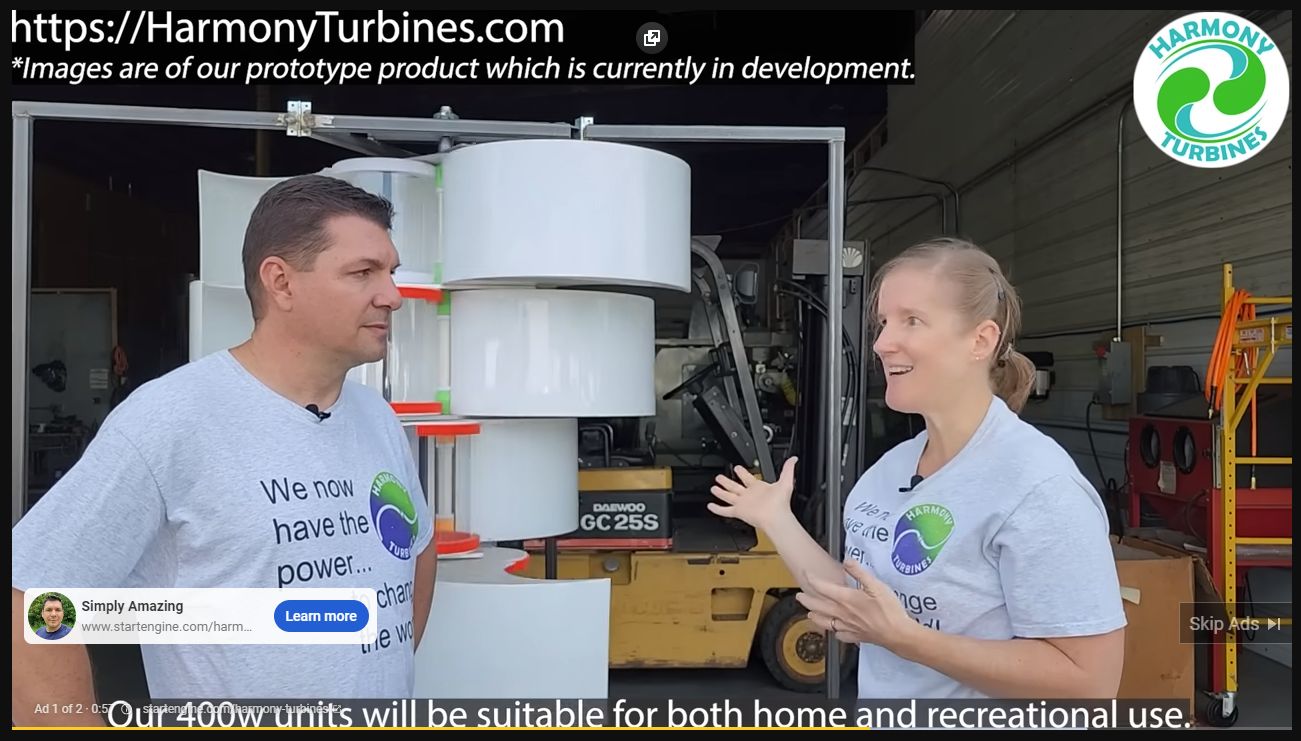Revolutionary wind turbines refer to innovative designs or technologies that aim to improve the efficiency, effectiveness, or sustainability of wind energy generation. These advancements can come in various forms and may target different aspects of wind turbine performance, including energy production, environmental impact, and cost-effectiveness. Here are a few examples of revolutionary wind turbine technologies:
1. Vertical Axis Wind Turbines (VAWTs): Traditional wind turbines typically have horizontal axes, with blades that rotate around a central vertical axis. VAWTs, on the other hand, have blades that rotate around a vertical axis. This design offers several potential advantages, including lower noise levels, reduced risk to wildlife, and easier maintenance. Some VAWTs also claim to be more efficient in turbulent or variable wind conditions.
2. Biomimetic Design: Biomimetic or bio-inspired wind turbines draw inspiration from nature to improve their performance. For example, some turbine designs mimic the aerodynamic properties of bird wings or fish fins to enhance efficiency and reduce drag. By studying natural phenomena, engineers can develop turbines that operate more efficiently and sustainably in various environmental conditions.
3. Offshore Wind Turbines: Offshore wind farms are becoming increasingly popular due to the availability of stronger and more consistent winds at sea. Revolutionary advancements in offshore wind turbine technology include floating platforms that enable turbines to be deployed in deeper waters, as well as larger and more powerful turbines optimized for offshore environments. These innovations have the potential to significantly expand the capacity and viability of offshore wind energy production.
4. Smart Turbines: Smart or intelligent wind turbines incorporate advanced sensors, data analytics, and control systems to optimize performance and reliability. These turbines can adjust their operation in real-time based on factors such as wind speed, direction, and grid demand, maximizing energy production while minimizing wear and maintenance costs. Additionally, smart turbines can communicate with each other and with centralized control centers to improve overall system efficiency and stability.
5. Bladeless Wind Turbines: Bladeless wind turbines, such as the Vortex Bladeless design, utilize alternative mechanisms to harness wind energy without traditional rotating blades. These turbines oscillate or vibrate in response to wind currents, generating electricity through electromagnetic induction or piezoelectric materials. Bladeless turbines offer potential advantages such as reduced visual impact, lower maintenance requirements, and safer operation for birds and bats.
These are just a few examples of the innovative technologies and designs driving the evolution of wind energy generation. As research and development continue, we can expect to see further advancements that make wind power an even more attractive and sustainable source of renewable energy.
